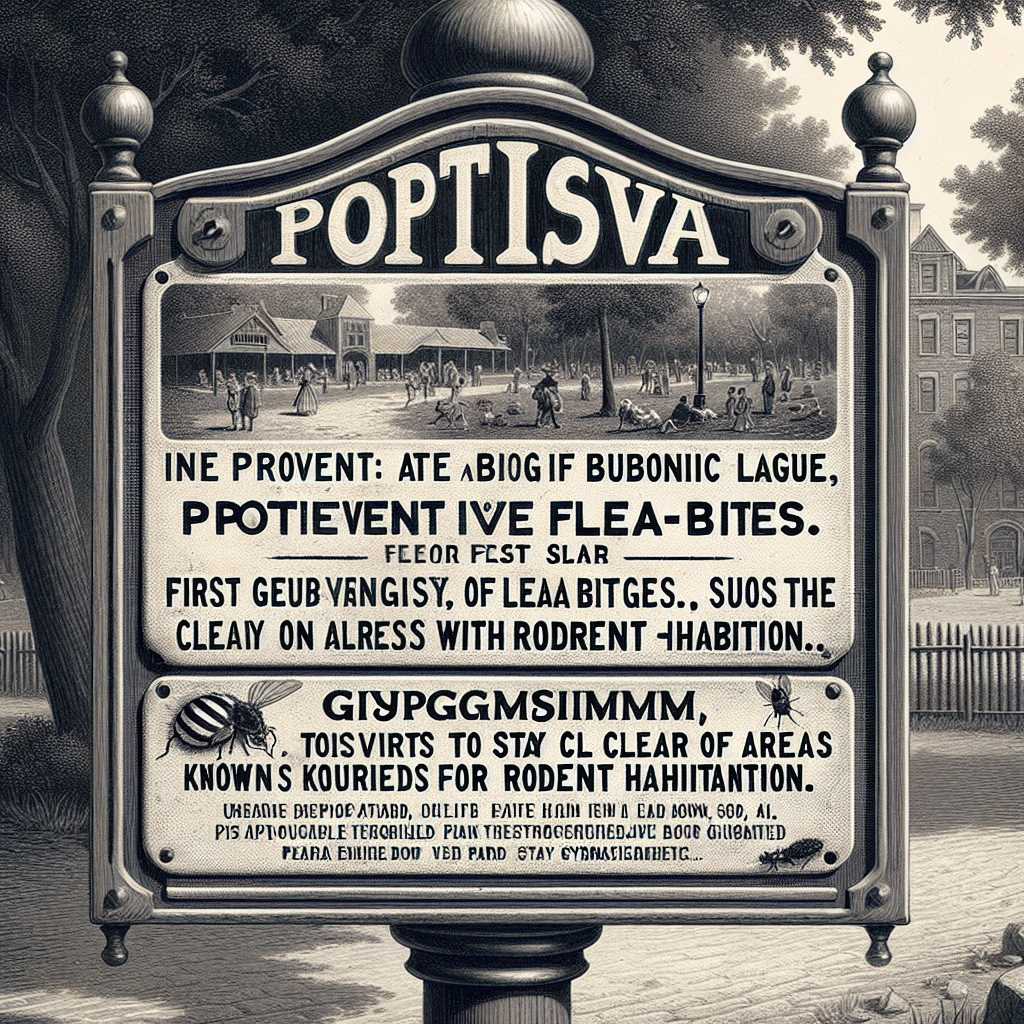The Re-Emergence of Bubonic Plague in Colorado: An Overview
In recent years, the bubonic plague, a disease that ravaged much of the world during the Middle Ages, has made sporadic reappearances in various parts of the globe, including the United States. A case in Colorado has captured public health officials’ attention, putting the spotlight back on a disease many consider a relic of the past. This article examines the bubonic plague’s history, the circumstances of its occurrence in Colorado, and the implications for public health.
Historical Context of the Bubonic Plague
Bubonic plague is infamous for causing the Black Death in Europe during the mid-14th century, which resulted in the deaths of an estimated 50 million people. Caused by the bacterium Yersinia pestis, it is primarily transmitted to humans from fleas that have bitten infected rodents, typically prairie dogs in the United States. Although effectively treatable with antibiotics if caught early, bubonic plague can still be deadly and poses a public health risk when cases arise.
Case Detection and Response in Colorado
Public health officials announced the detection of a human case of bubonic plague in Colorado. Although human cases are extremely rare in modern times, this event emphasizes the disease’s persistent presence in wild rodent populations within certain regions. After identification of the case, efforts to inform and protect locals and visitors involve educating them about precautions to avoid exposure to infected rodents or fleas.
Understanding Bubonic Plague Symptoms and Treatment
An individual with bubonic plague may develop symptoms including fever, chills, headache, swollen and painful lymph nodes, called ‘buboes’, after an incubation period of a few days up to a week post-exposure. The infected person typically requires hospitalization and treatment with specific antibiotics. If untreated, bubonic plague can develop into more severe forms such as septicemic or pneumonic plague with higher fatality rates.
Public Health Measures and Surveillance
Local and state health departments enhance surveillance following confirmations of animal or human cases of plague. Public health professionals engage in activities ranging from checking other potential human exposures to developing rodent control measures and assessing flea populations. These actions limit transmission opportunities and aim to prevent any additional cases.
The Role of Public Education in Preventing Plague
Education plays a key role in preventing bubonic plague transmission. Health officials provide vital information urging individuals to avoid contact with wild rodents, properly treat pets that may come into contact with fleas, and be circumspective when engaging in outdoor activities such as camping or hiking in areas where plague could be present.
Ecological Influences on Plague Occurrences
Climatic and environmental factors can alter rodent populations and flea activity patterns potentially impacting the likelihood of plague incidences. Understanding these ecological aspects assists scientists and public health officials in predicting risks and focusing preventative efforts more accurately.
